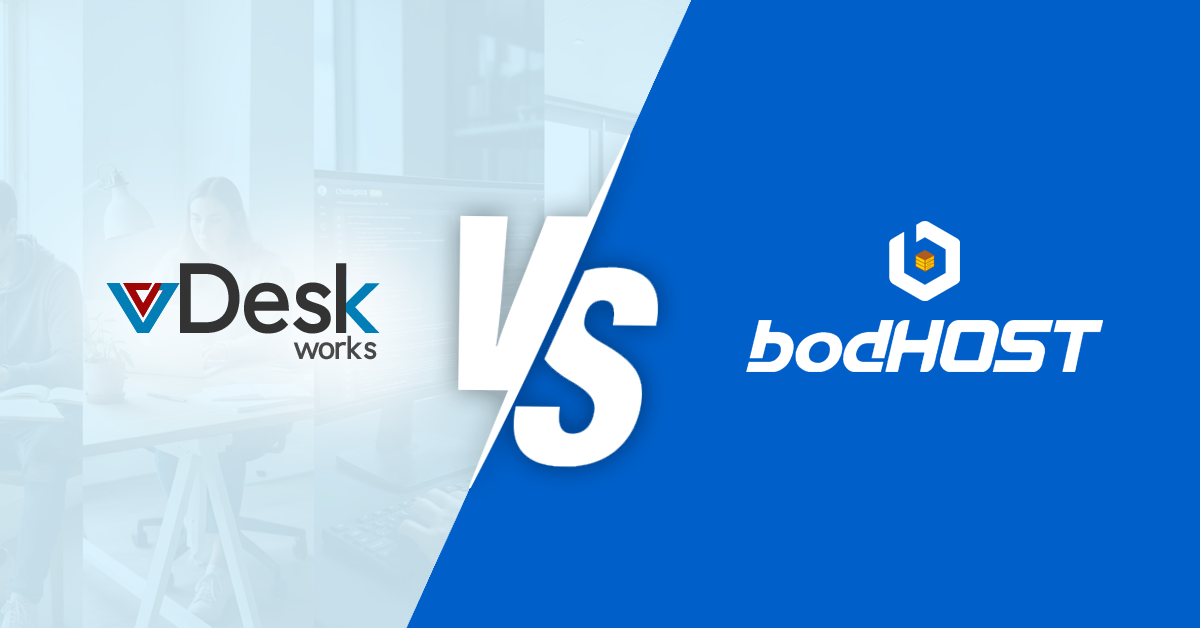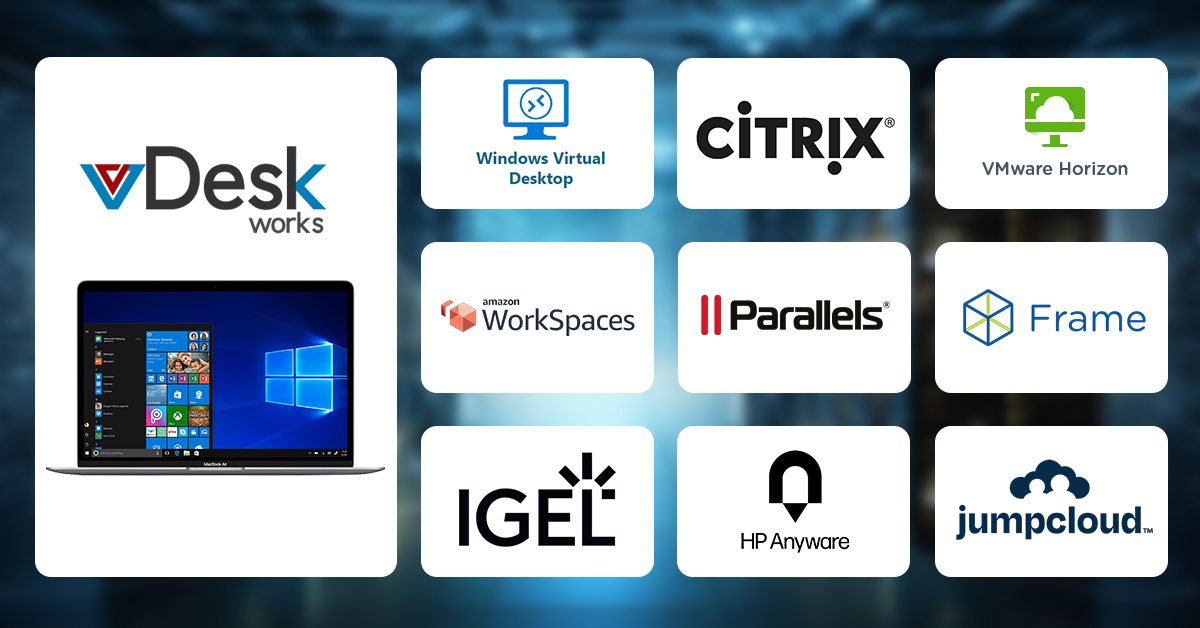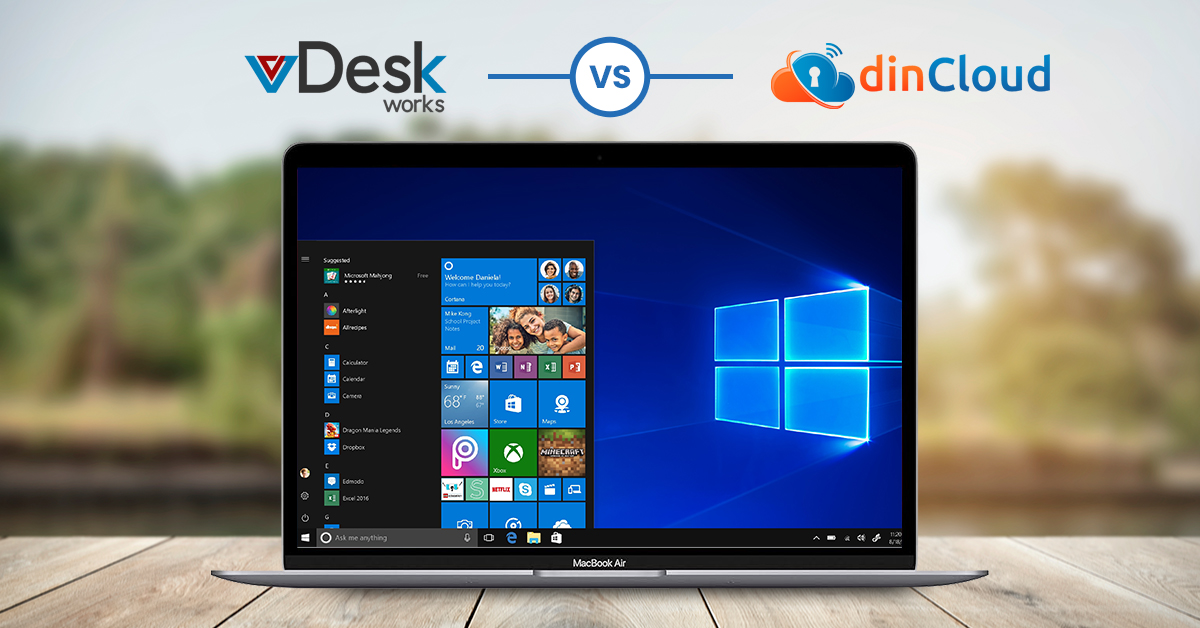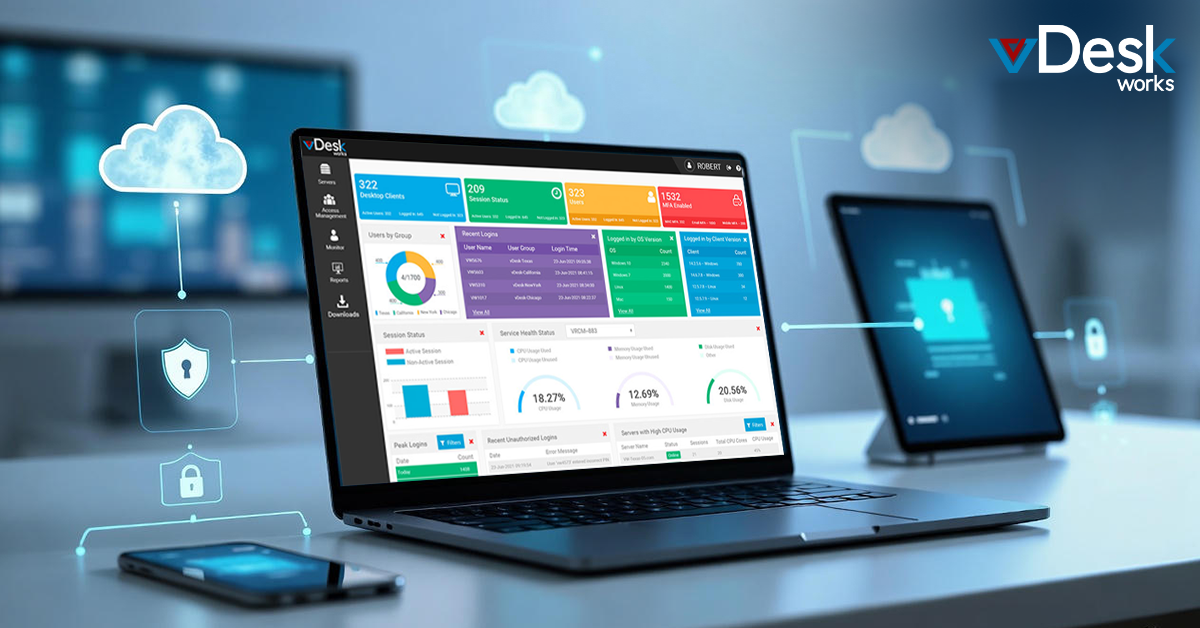Our workforce is more mobile than ever. Even as pandemic restrictions have eased, people have opted to continue to work remotely so they don’t have to be restricted to working in a single location. Technological advancements have made it possible for remote workers to access their files and desktops from any device. These technological advancements are known as virtual desktops. Virtual desktops need a specific type of environment in order to function properly. In this article, we go will into detail about what a virtual desktop environment is, how it works, and the benefits of using one. vDesk.works is one of the most significant virtual desktop environments currently on the market.
What is a Virtual Desktop Environment?
A virtual desktop environment is the workstation in users can access their dashboard, data, and files. The virtual desktop environment can be accessed on devices such as computers, smartphones, and tablets. The virtual PCs are managed from a centralized cloud server. Users have the same experience on the virtual desktop environment regardless of the physical device they are accessing it from. Users have access to resources such as storage and back-end databases when they work on virtual desktops.
Virtual desktop environments can be utilized by companies of all sizes and industries. Examples of industries that can make use out of virtual desktop environments include healthcare, education, legal services, construction, financial services, and marketing,
How Does a Virtual Desktop Environment Work?
To log into a virtual desktop environment, a user will enter their username and password into the application. The physical device will then be connected to a remotely located virtual machine. The user can then interact with the virtual desktop using the endpoint device and have access to designated files and software applications. Managers can adjust which end users have access to certain applications. However, users should keep in mind that the virtual desktop environment relies on a stable, reliable internet connection in order to work properly.
What are The Benefits of Virtual Desktop Environments?
There are several significant ways in which organizations can benefit from using virtual desktop environments. These benefits include increased flexibility, increased security, lower costs, increased productivity, and increased scalability. The benefits are discussed in further detail below.
1. Increased Flexibility
Virtual desktops are more flexible than physical computers. Users can access their files and information from any device and operating system. In addition to smartphones, computers and tablets, virtual desktop environments can be accessed on Raspberry Pi systems. Virtual desktops can be accessed on systems such as Apple, Windows, and Linux. Many virtual desktop environments are device-agnostic and cross-device compatible, which means that users can run software and applications on any device. Therefore, users can work on a Windows desktop while accessing the virtual desktop environment from an Apple device. This amount of flexibility is why remote and hybrid workers benefit from using virtual desktop environments.
2. Increased Security
Virtual desktop environments have more security than physical machines. The data is stored on the remote cloud server instead of the actual devices. Therefore, if a user’s device gets hacked or stolen, cybercriminals won’t have access to sensitive company information. A device’s access to the infrastructure can be removed if it is lost or stolen. The virtual desktop environment includes other security measures like multi-factor authentication, single sign-on protection, firewalls, and anti-virus protection. Many virtual desktop environments are compliant with regulations such as HIPAA and PCI-DSS.
3. Lower Costs
An efficient virtual desktop environment can also help companies save money. Since the virtual desktop environment can be accessed on any device, companies won’t have to provide each employee with a smartphone or laptop. Virtual desktops require less maintenance and hardware installation costs than physical machines. Additionally, the use of virtual desktop environments allows for companies to be entirely remote and not have to pay for an office space and related costs like utilities.
4. Increased Productivity
Companies can increase their overall productivity when they use virtual desktop environments. Users can easily share important files and documents with co-workers, regardless of where they are in the world. Additionally, users can work on projects or tasks while traveling or waiting in line at the coffee shop.
5. Increased Scalability
Virtual desktop environments are also highly scalable. Managers can add or remove users, devices, and software licenses as needed. Scalability is useful when the company starts small and grows over time. Scalability can also be used if the company has to lay off large numbers of workers. Managers can add or remove workers from the virtual desktop environment in just a few clicks.
The pandemic forced companies to change the ways they work. This shift has led to technological advancements taking place. Virtual desktop environments are one of these technological advancements. Companies of all sizes and industries can benefit from using virtual desktop environments. The benefits of using virtual desktop environments include increased flexibility, increased security, lower costs, increased productivity, and increased scalability.
If organizations want to use the most efficient virtual desktop environment, they should use vDesk.works. vDesk.works has provided virtual desktop solutions to companies worldwide since 2014. For more information on vDesk.works’ virtual desktops, visit https://vdeskworks.com/ to speak with a product representative and view a live demo.


 Lauren King
Lauren King
















